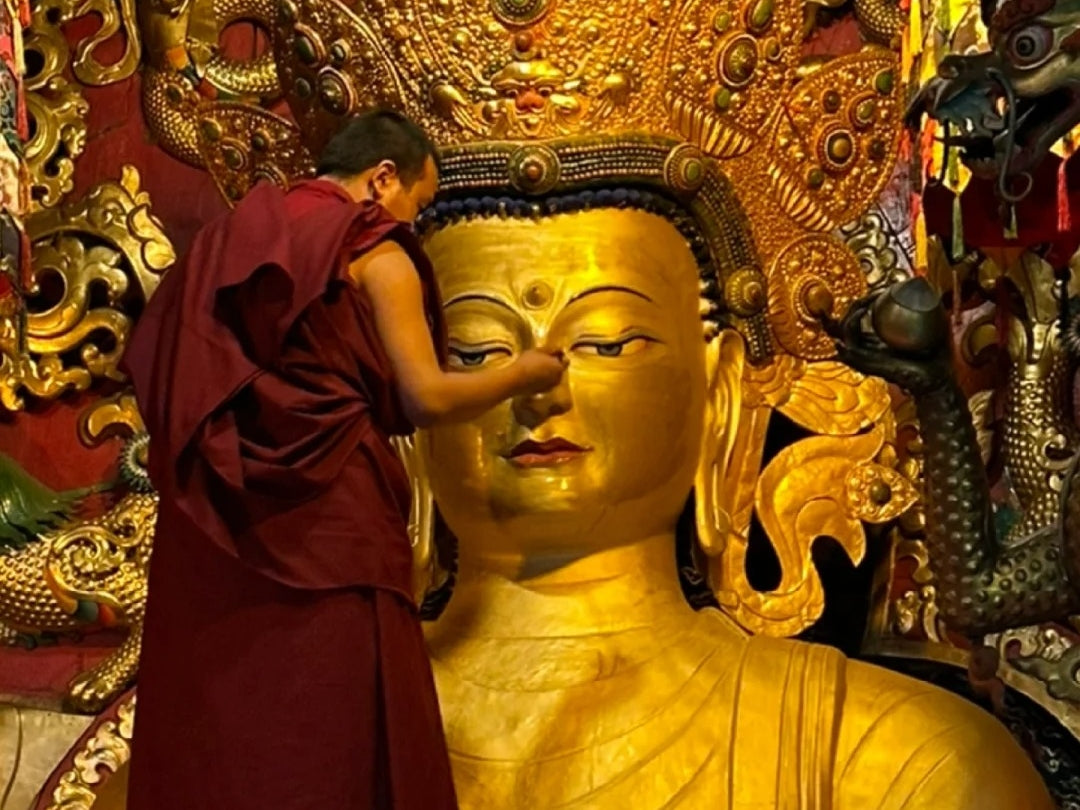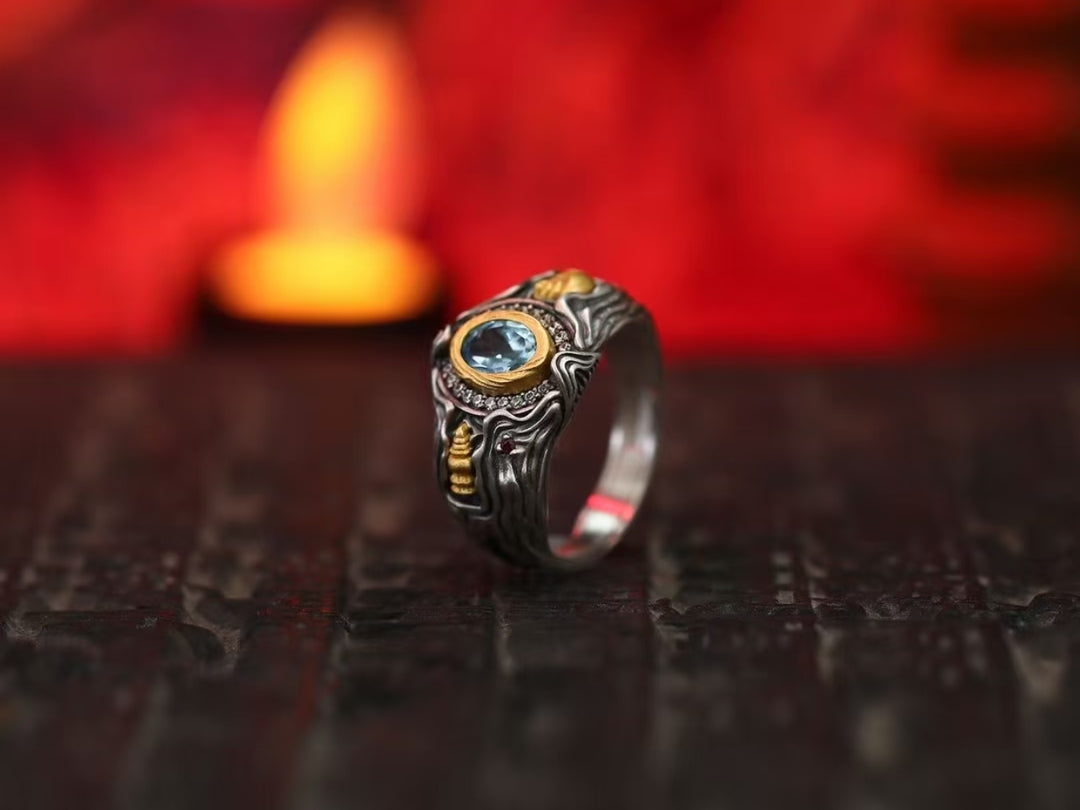For centuries, Tibetan silversmiths practiced a meticulous technique of hand-stamping mantras and sacred syllables onto jewelry, turning each Buddha pendant into a conduit of blessing and protection. Though nearly forgotten during tumultuous times, a new generation of artisans is reviving this tradition, blending ancestral hammering methods with contemporary design to produce truly meaningful Tibetan Buddhist jewelry.
The Origins of Mantra Engraving
Tibetan mantra-stamping traces back to monastic workshops where craftsmen chanted sacred syllables—such as Om Mani Padme Hum—while hammering them into metal blanks. Each strike of the burin or copper punch aligned the maker’s intention with the carved script, embedding spiritual energy directly into the metal.
-
Spiritual Purpose: Beyond decoration, each engraved mantra served as an ever-present reminder of compassion, wisdom, or protection for the wearer.
-
Materials Used: Traditional artisans favored sterling silver and brass, metals believed to amplify subtle energies and resist corrosion, ensuring the mantra’s vitality lasted generations.

The Technique: Hammer and Chisel
-
Design Layout: Artisans first sketched the mantra or symbol onto the metal surface with ink or a fine scribe.
-
Punch Carving: Using hardened steel punches tipped with Tibetan script, they tapped each syllable carefully, forming crisp grooves.
-
Depth and Relief: Varying hammer strikes created dynamic relief effects—shallow for subtle highlighting, deeper for bold emphasis.
-
Finishing Touches: Pieces were then filed, burnished, and polished, maintaining the clarity of the stamped mantras while enriching the metal’s luster.
This hands-on approach required years of apprenticeship, as artisans learned to judge hammer force, metal temper, and the rhythmic flow of each mantra.
Decline and the Threat of Extinction
Political upheavals and mass production in the 20th century displaced many traditional workshops. The painstaking nature of hand-stamping mantras couldn’t compete with laser engraving’s speed, leading to a sharp decline in this cultural practice.
A Modern Revival
Today, along sacred trade routes and in urban studios alike, master silversmiths are reclaiming this heritage:
-
Apprentice Programs: Monastic cooperatives in Lhasa and Kathmandu now teach young artisans the buried techniques of mantra stamping.
-
Hybrid Designs: Contemporary spiritual jewelry blends hand-stamped mantras with inlayed turquoise, sandalwood, or natural crystals, catering to both traditional and modern tastes.
-
Ethical Sourcing: Silver is recycled where possible, and brass alloys are responsibly harvested, honoring the ecological principles long valued in Tibetan culture.
Why It Matters
Wearing a hand-stamped piece isn’t just about aesthetics—it’s about carrying a living lineage:
-
Continuous Blessing: Each encoded mantra acts as a focal point for meditation and mindfulness in daily life.
-
Tangible Tradition: The visible hammer marks connect wearers to generations of monastic artisans and their spiritual devotion.
-
Artisan Empowerment: Supporting this revival sustains remote communities and keeps an ancient craft from vanishing.
Conclusion
The lost art of hand-stamped mantras is experiencing a vibrant resurgence, marrying centuries-old Tibetan techniques with modern design sensibilities. Whether you choose a Buddha pendant engraved with healing verses or a bold cuff stamped with protective mantras, each piece offers more than beauty—it carries the echo of sacred syllables, hammered into metal by devoted hands, ready to guide and guard in every moment.




